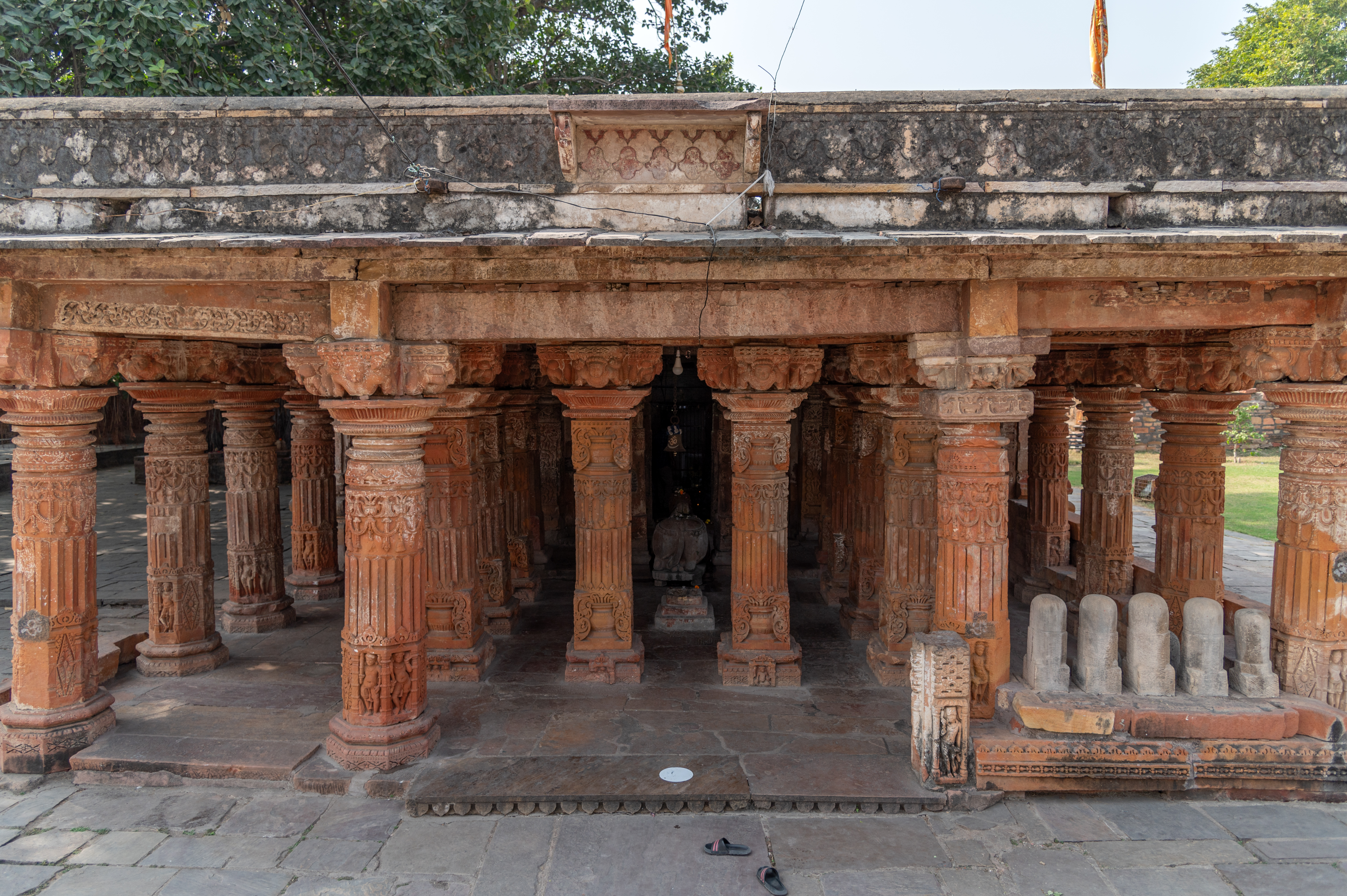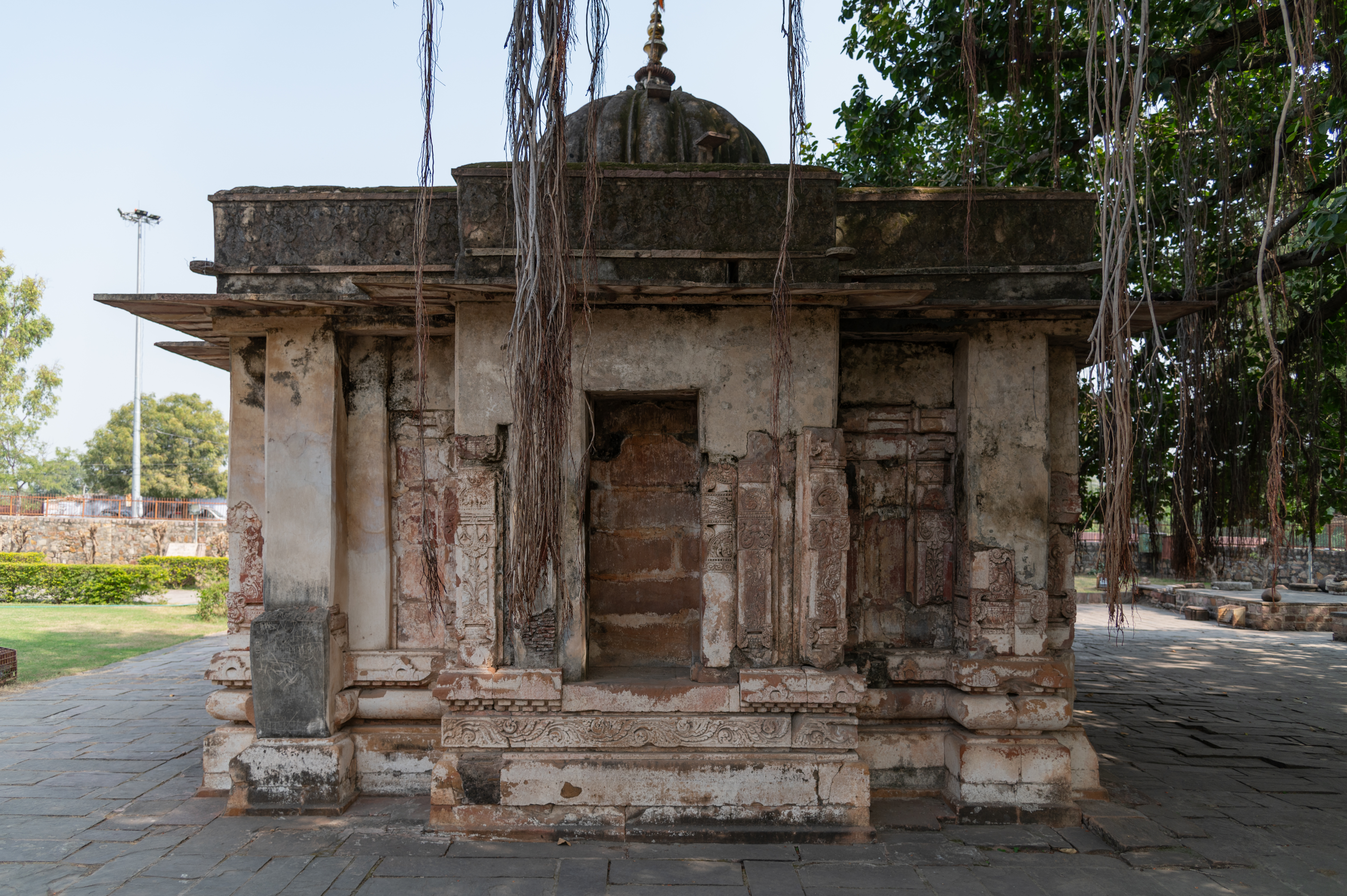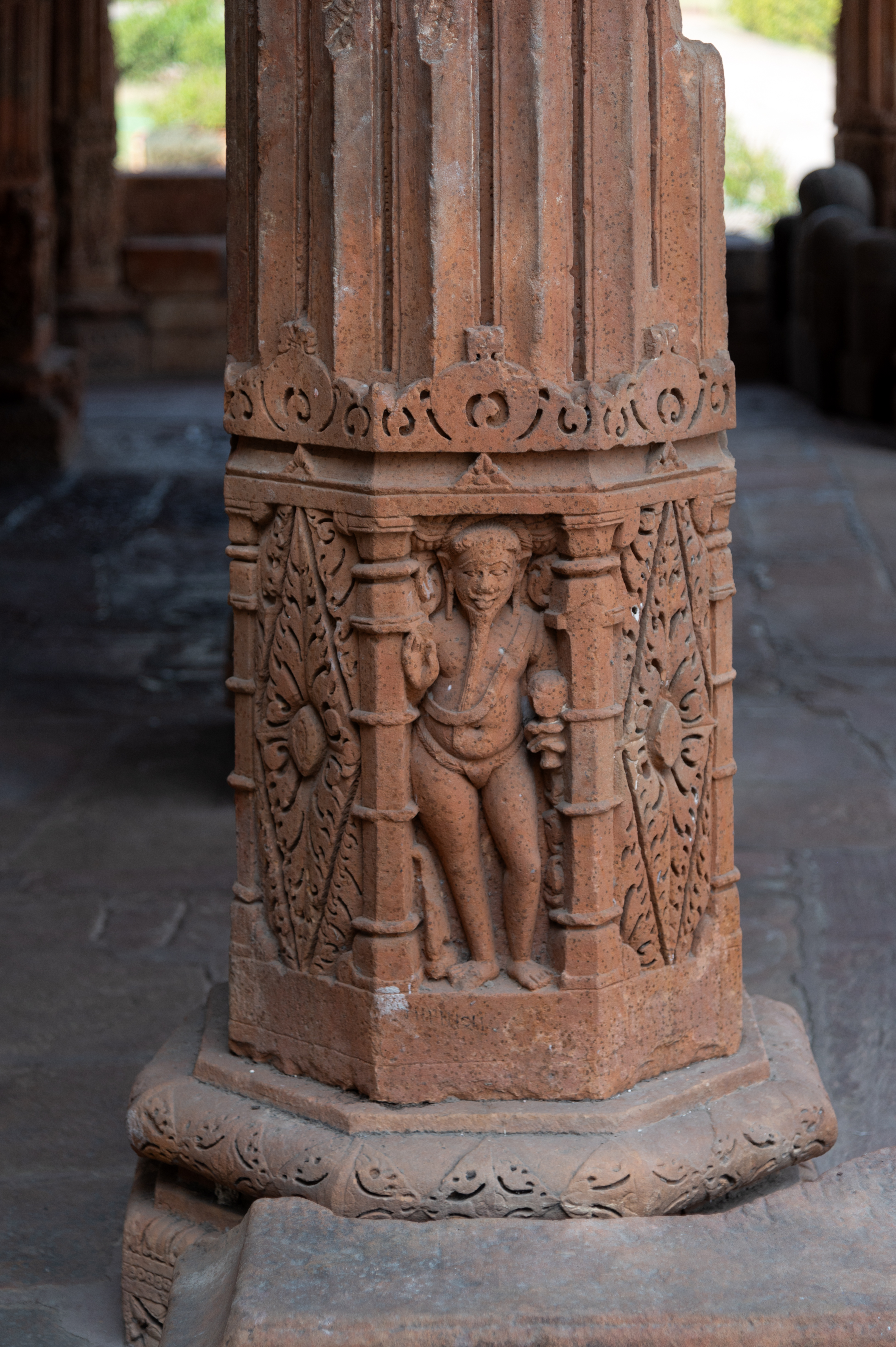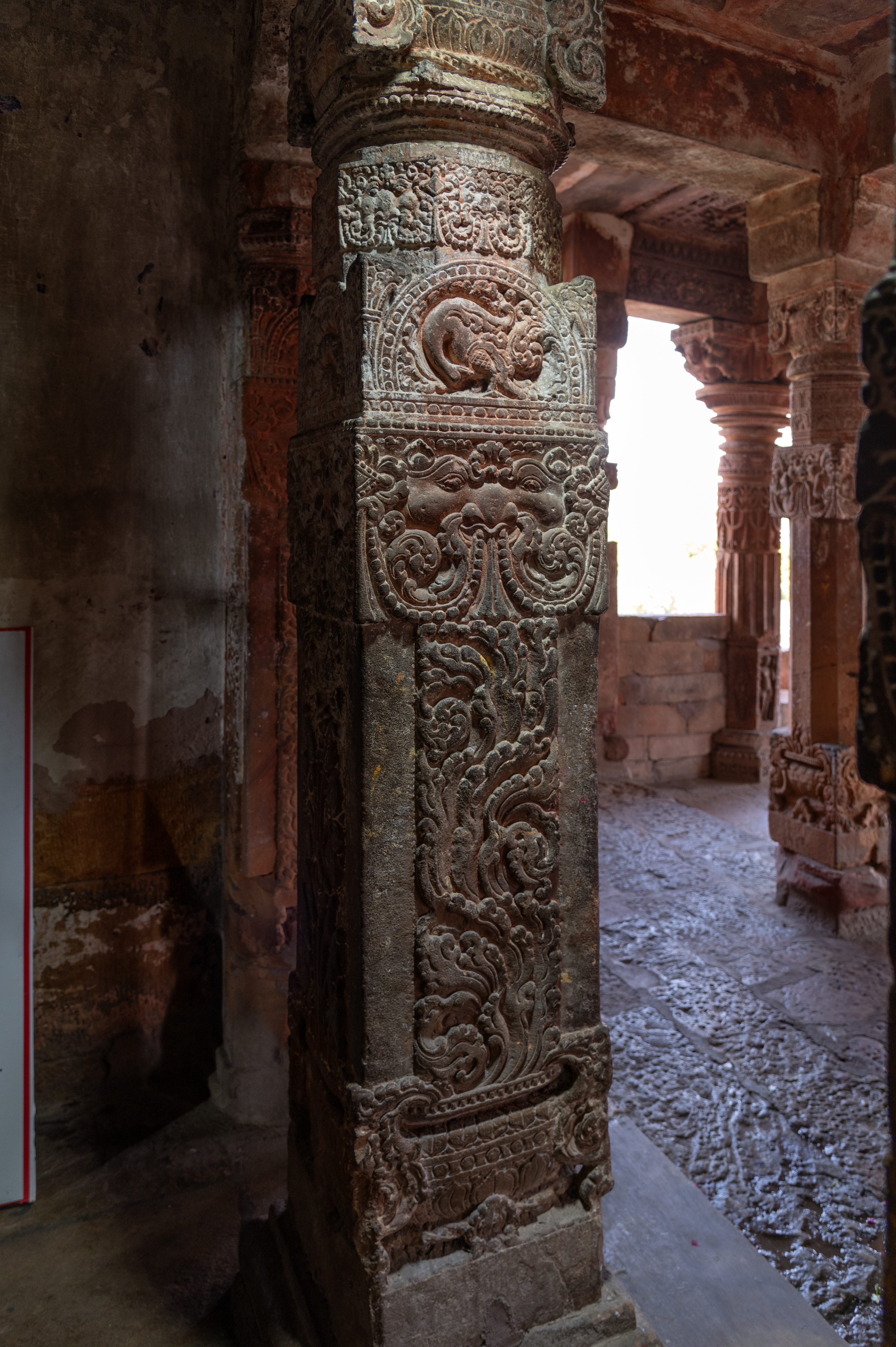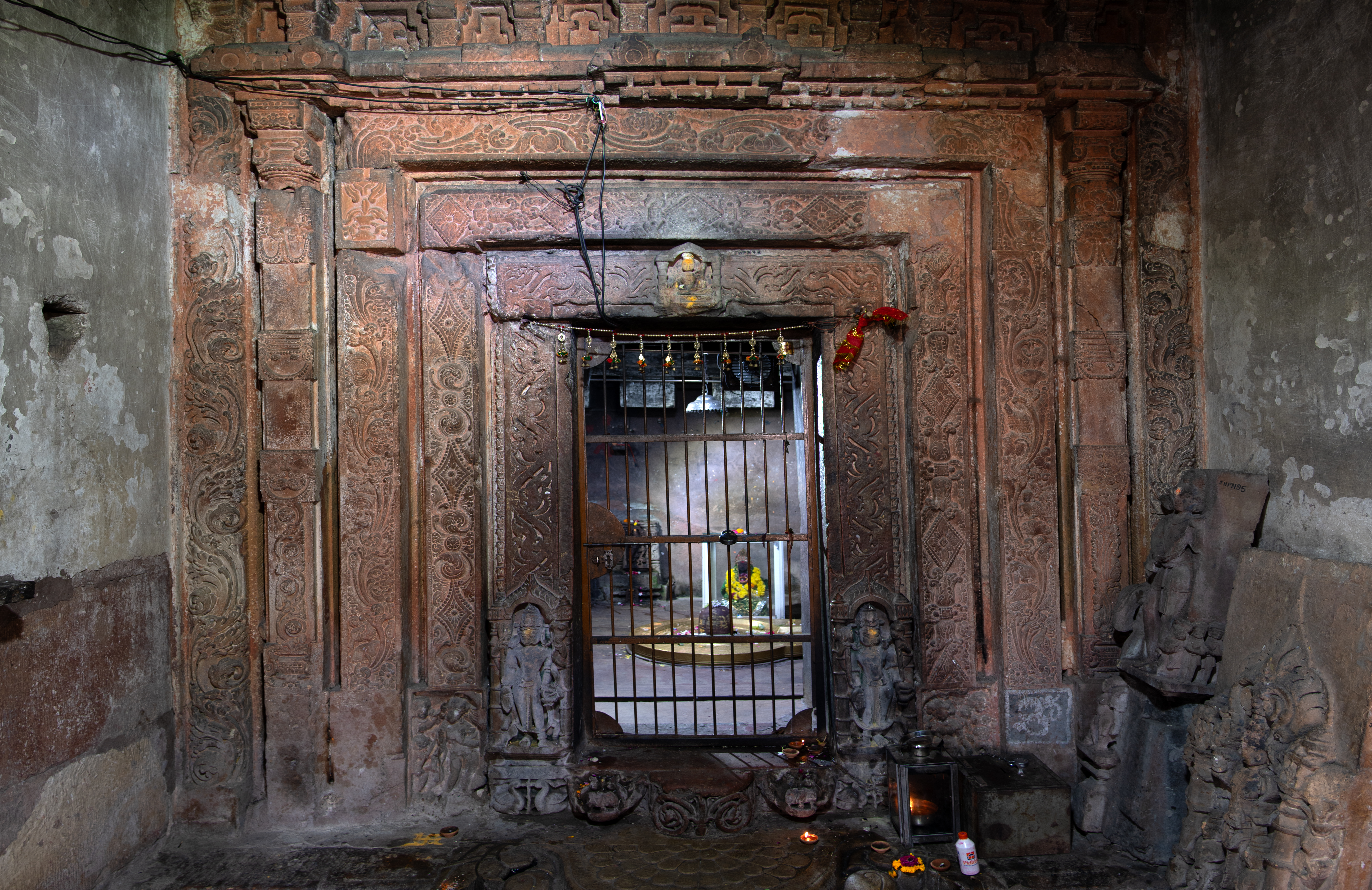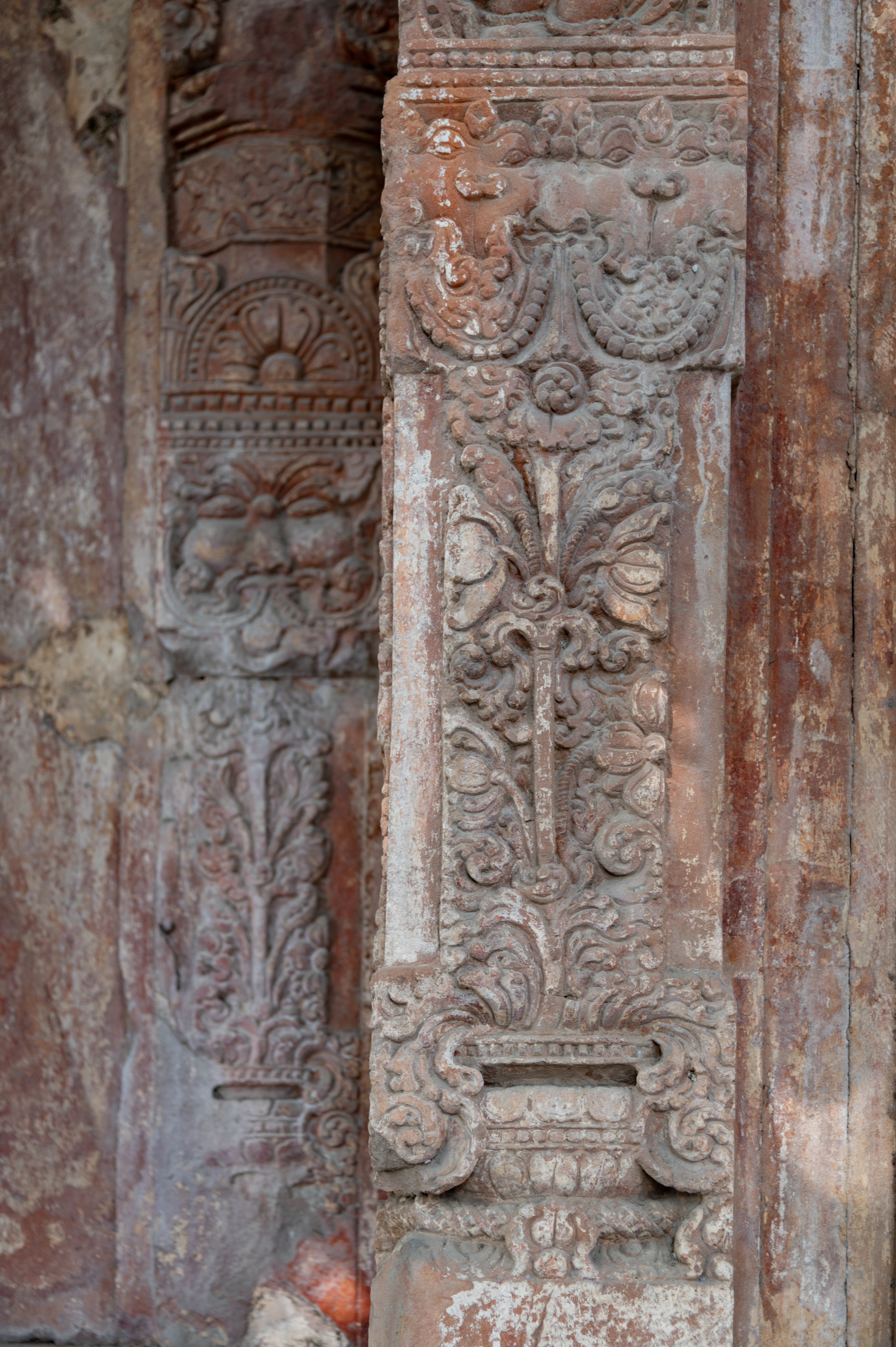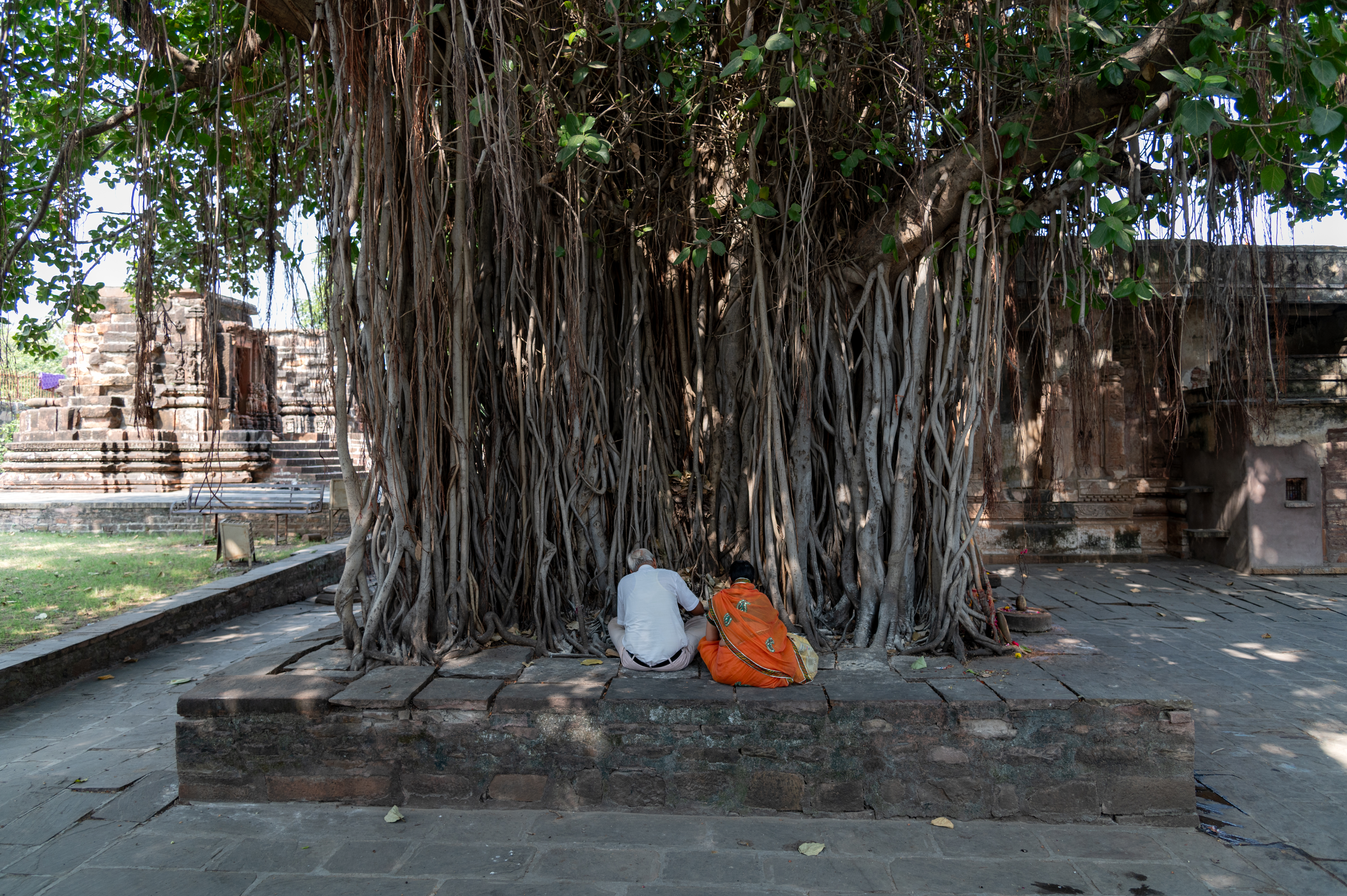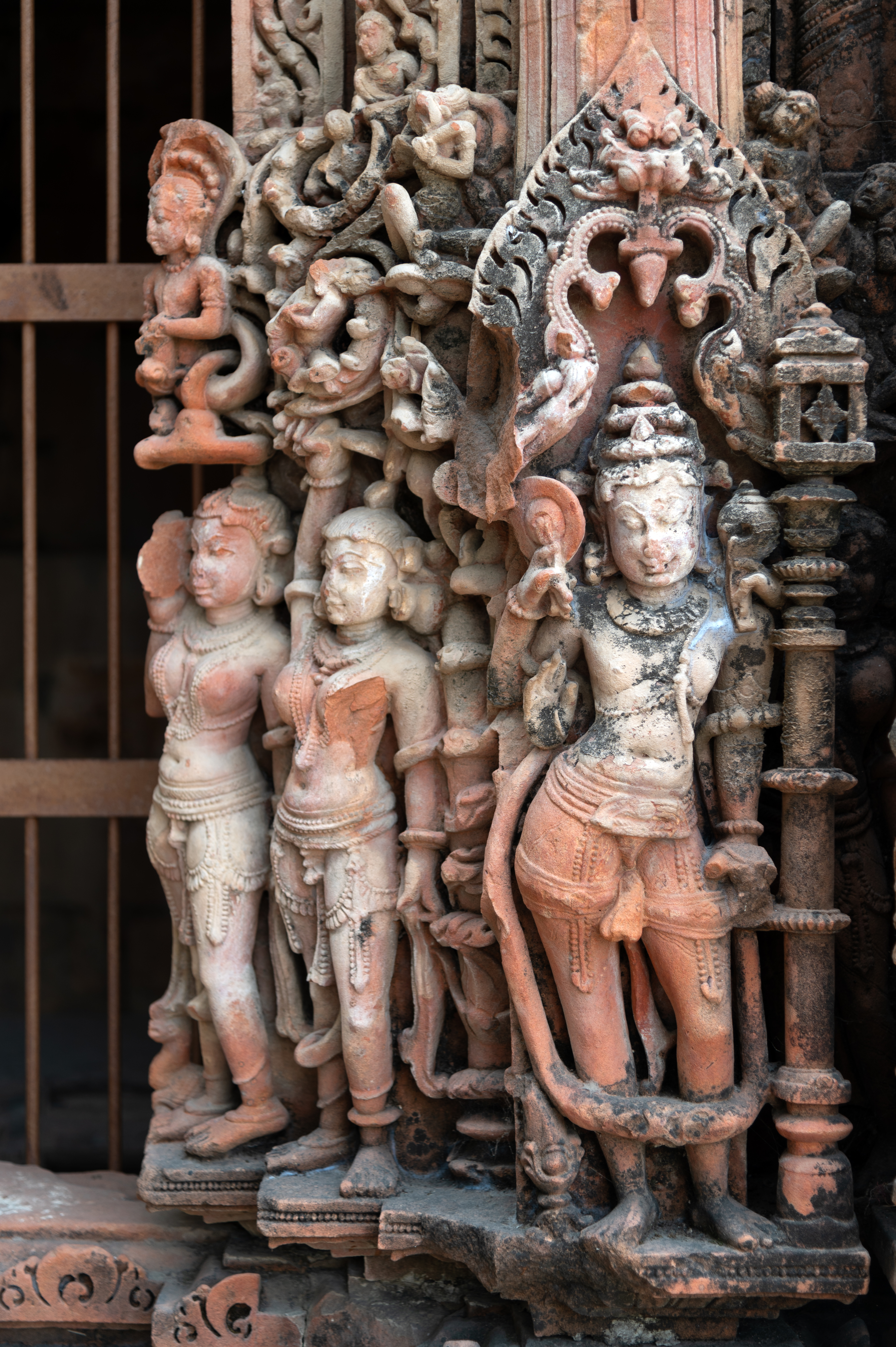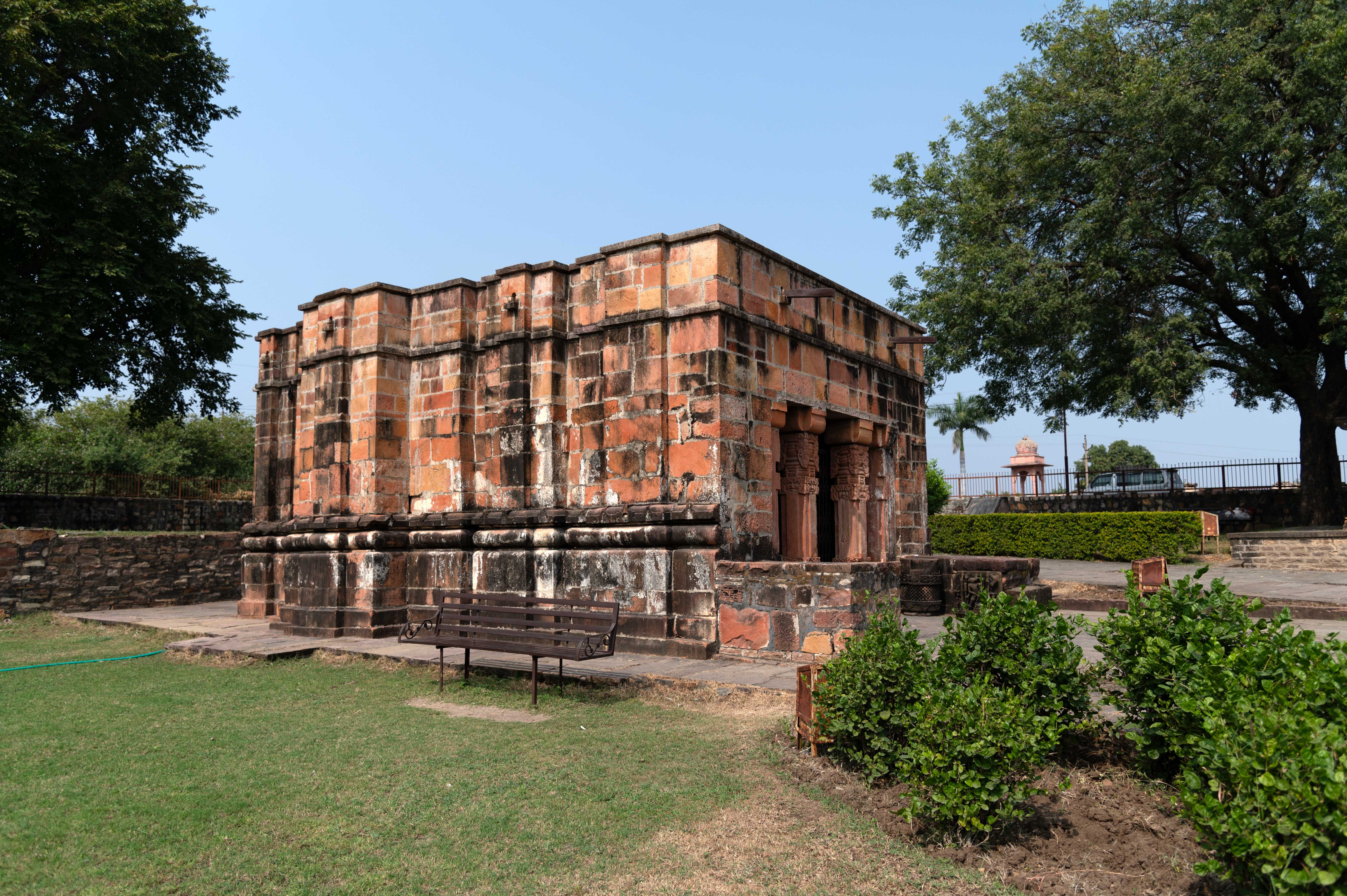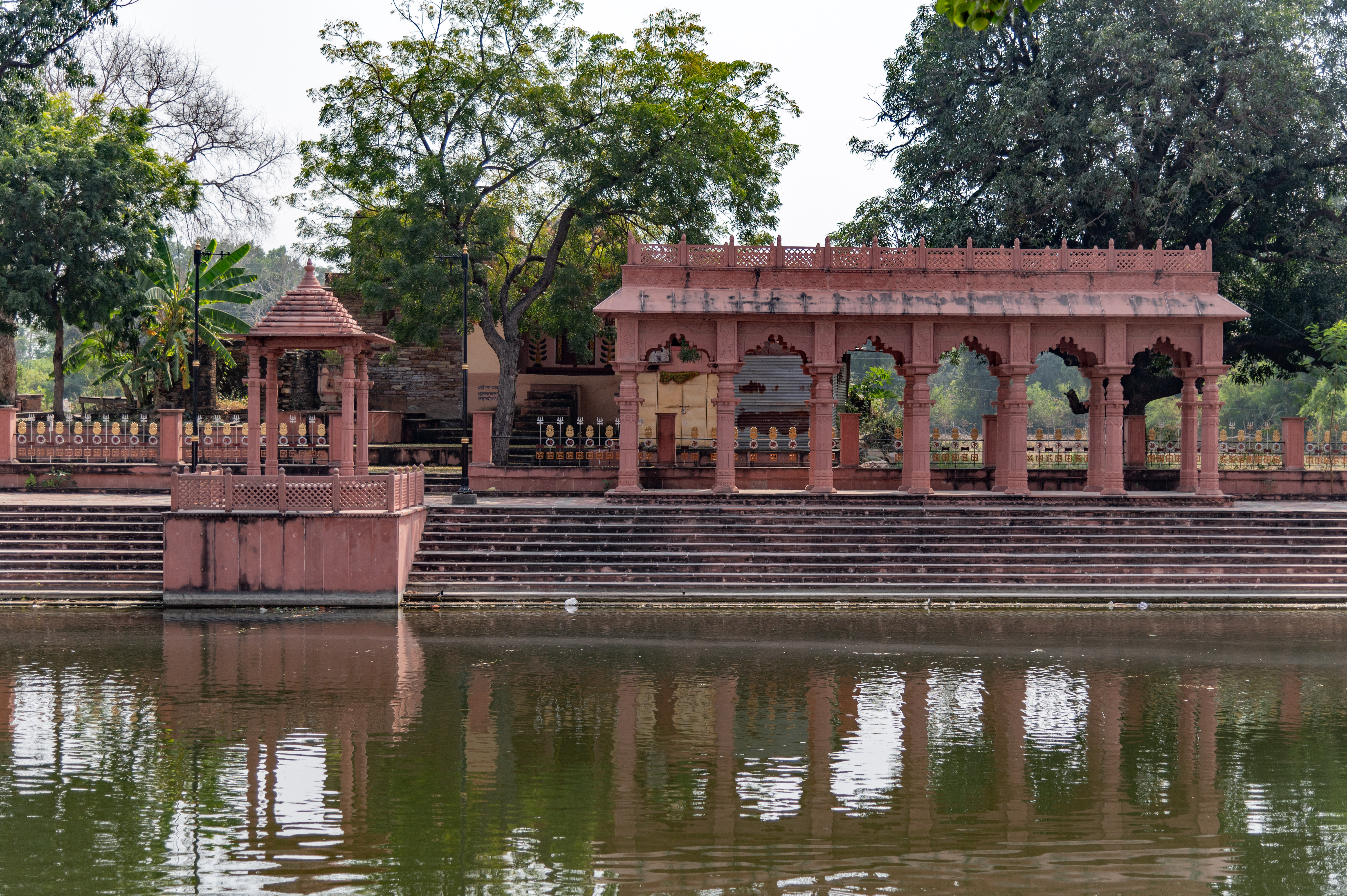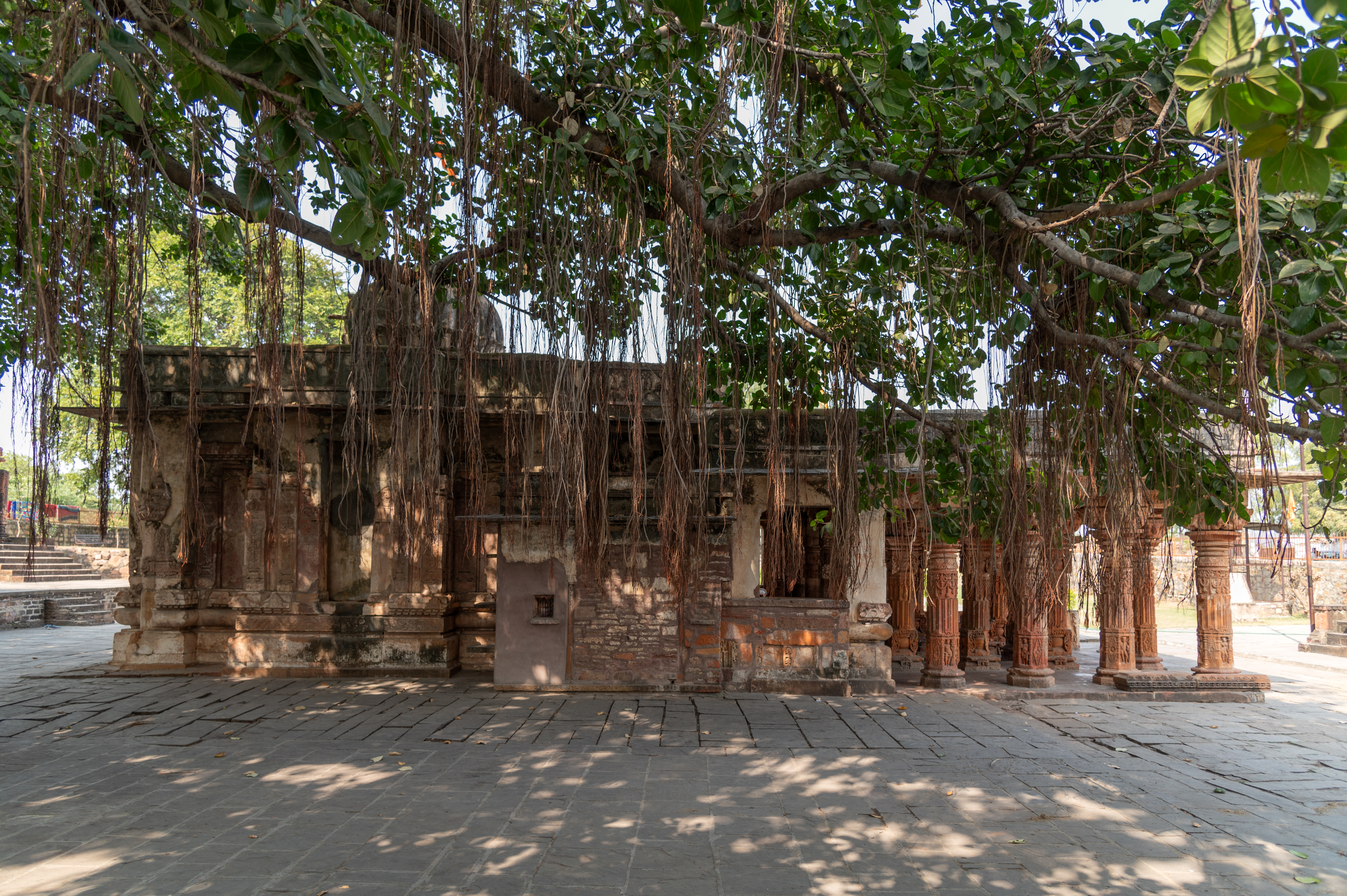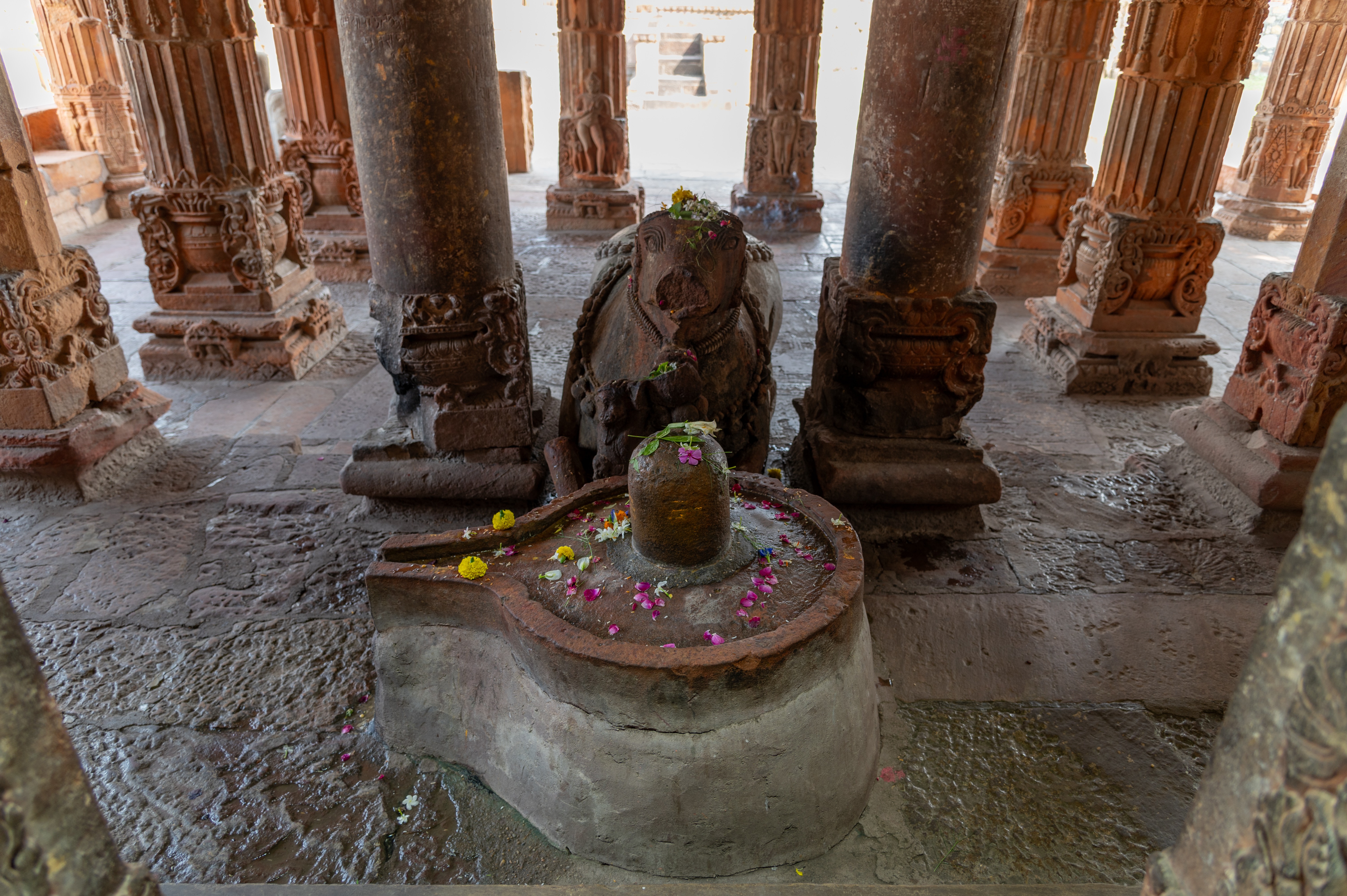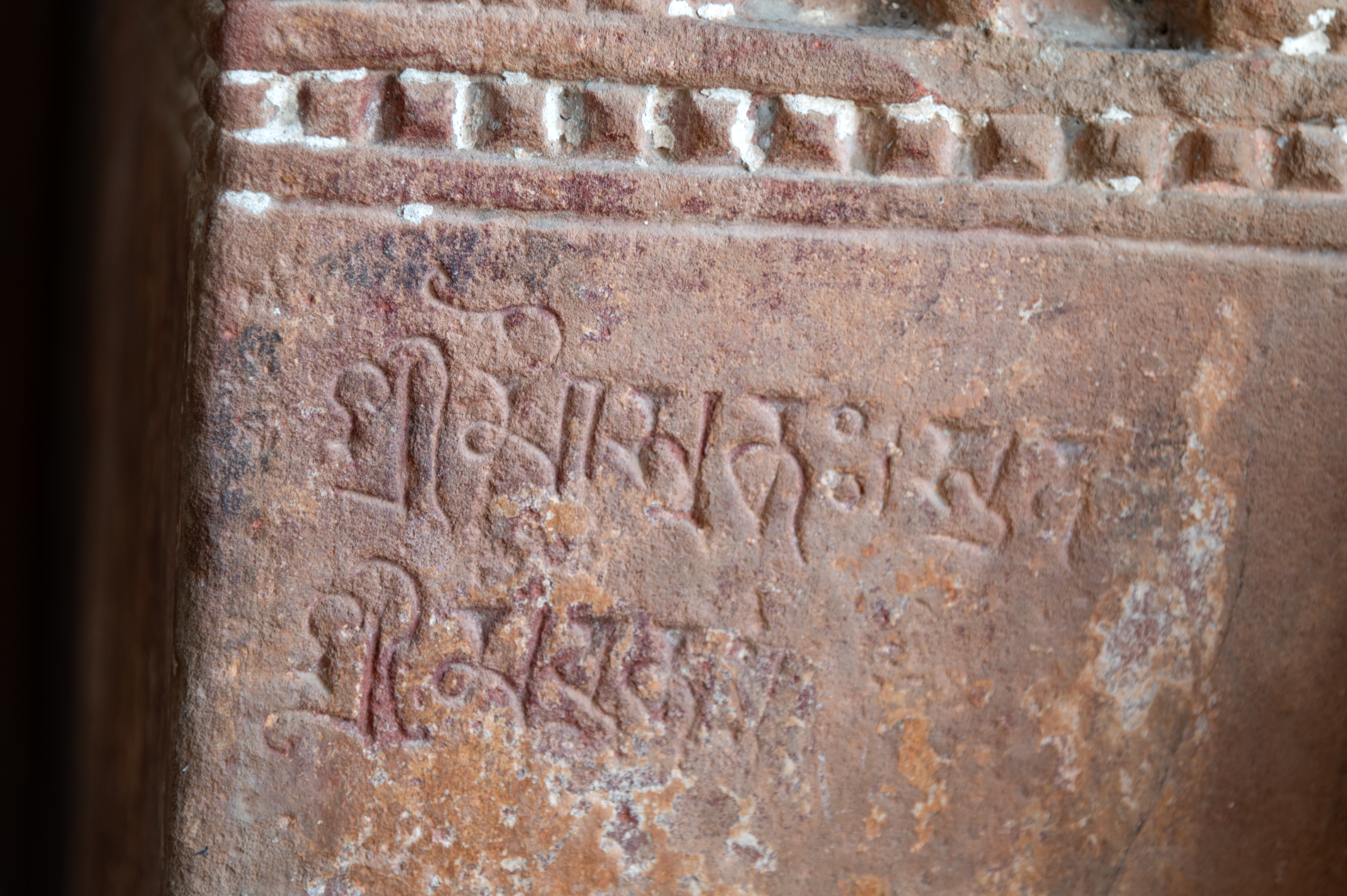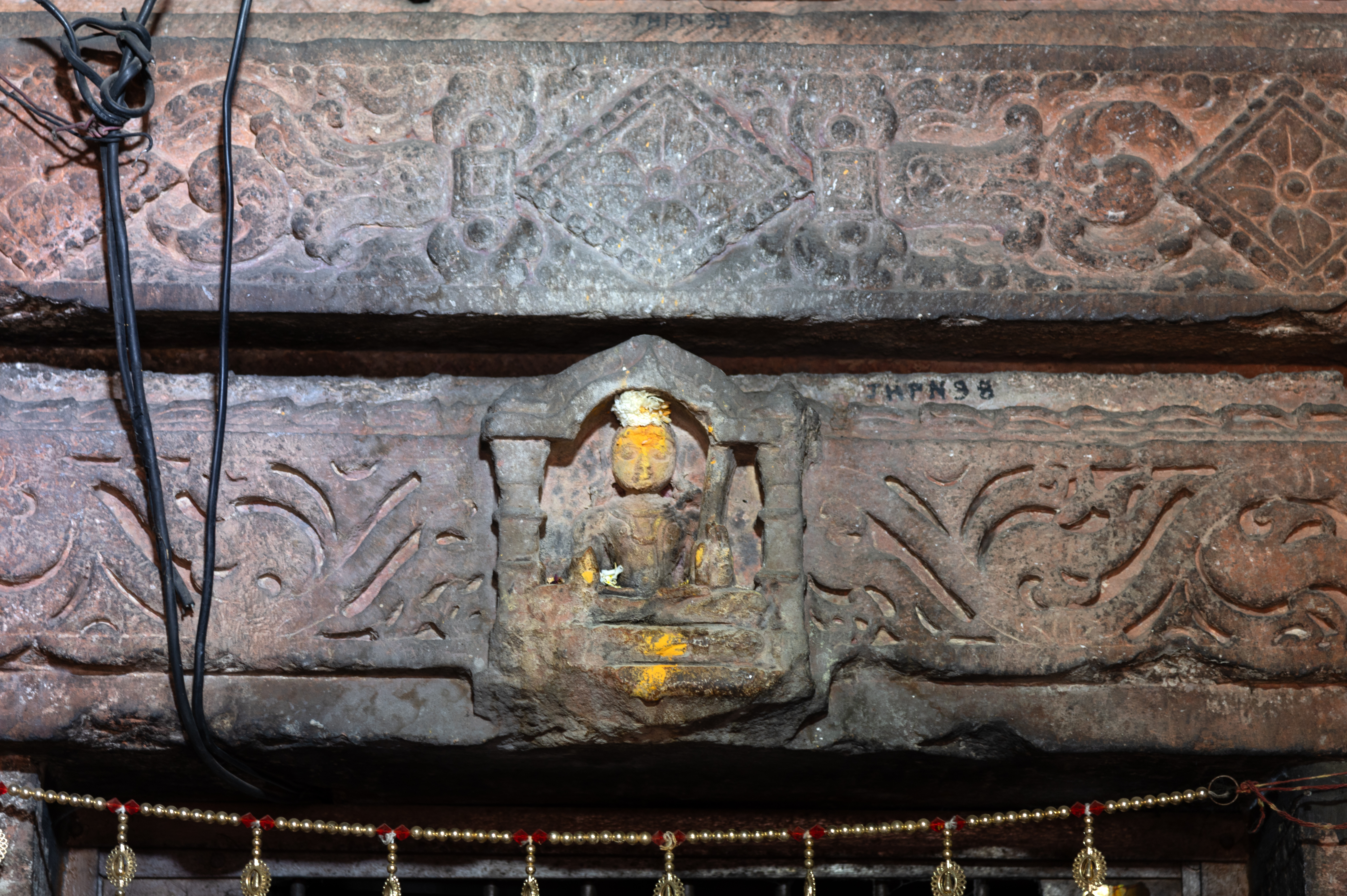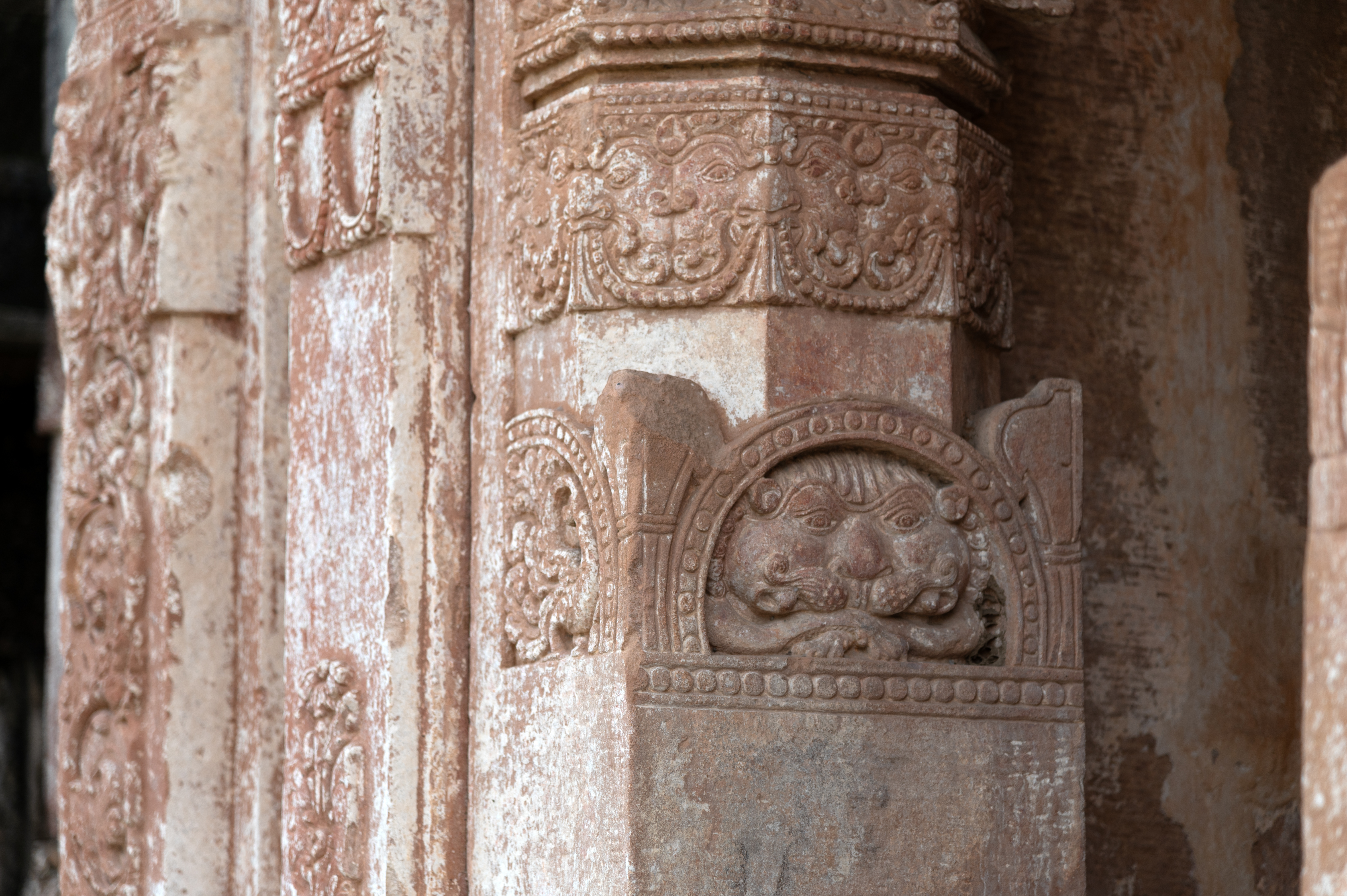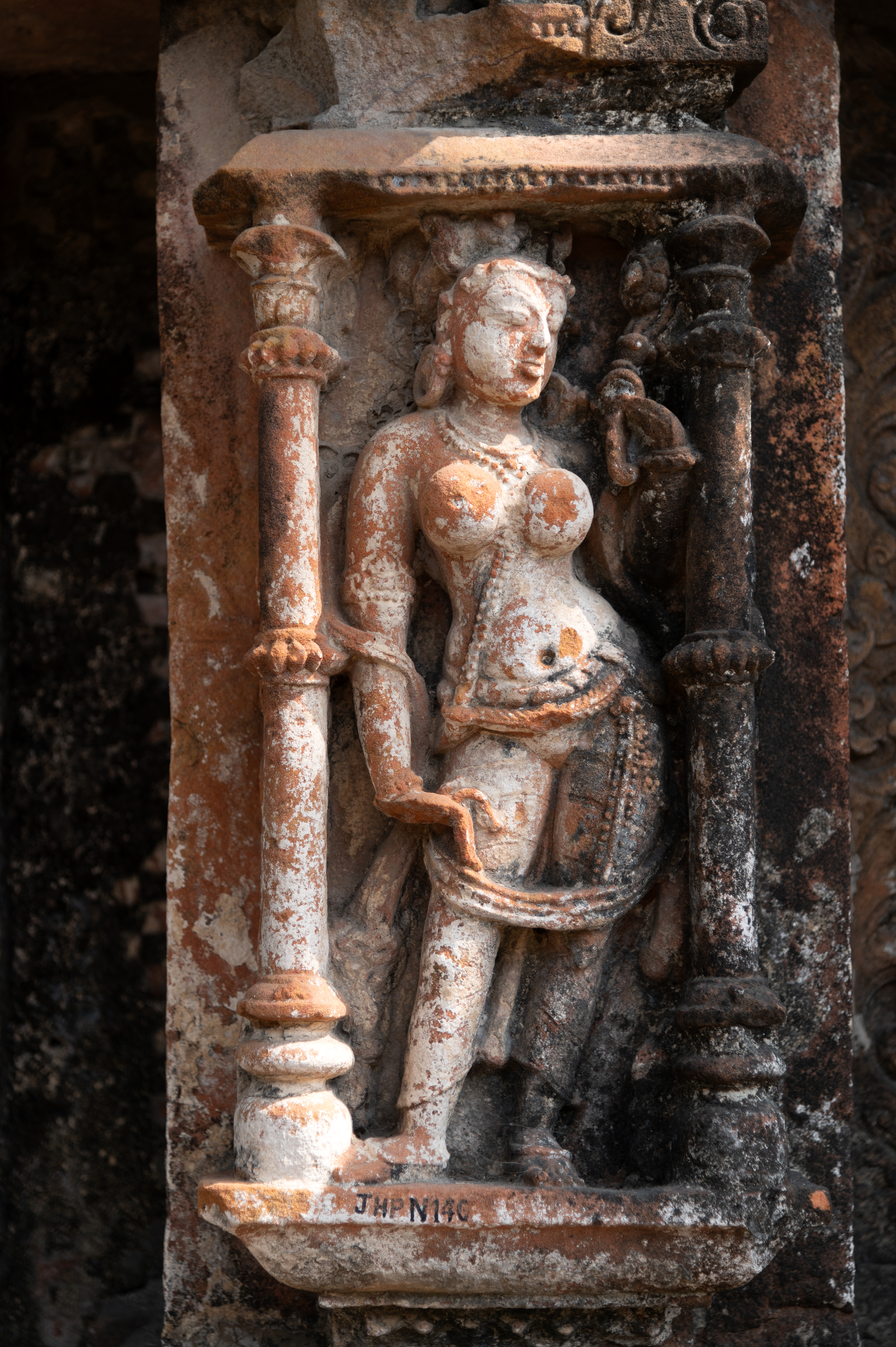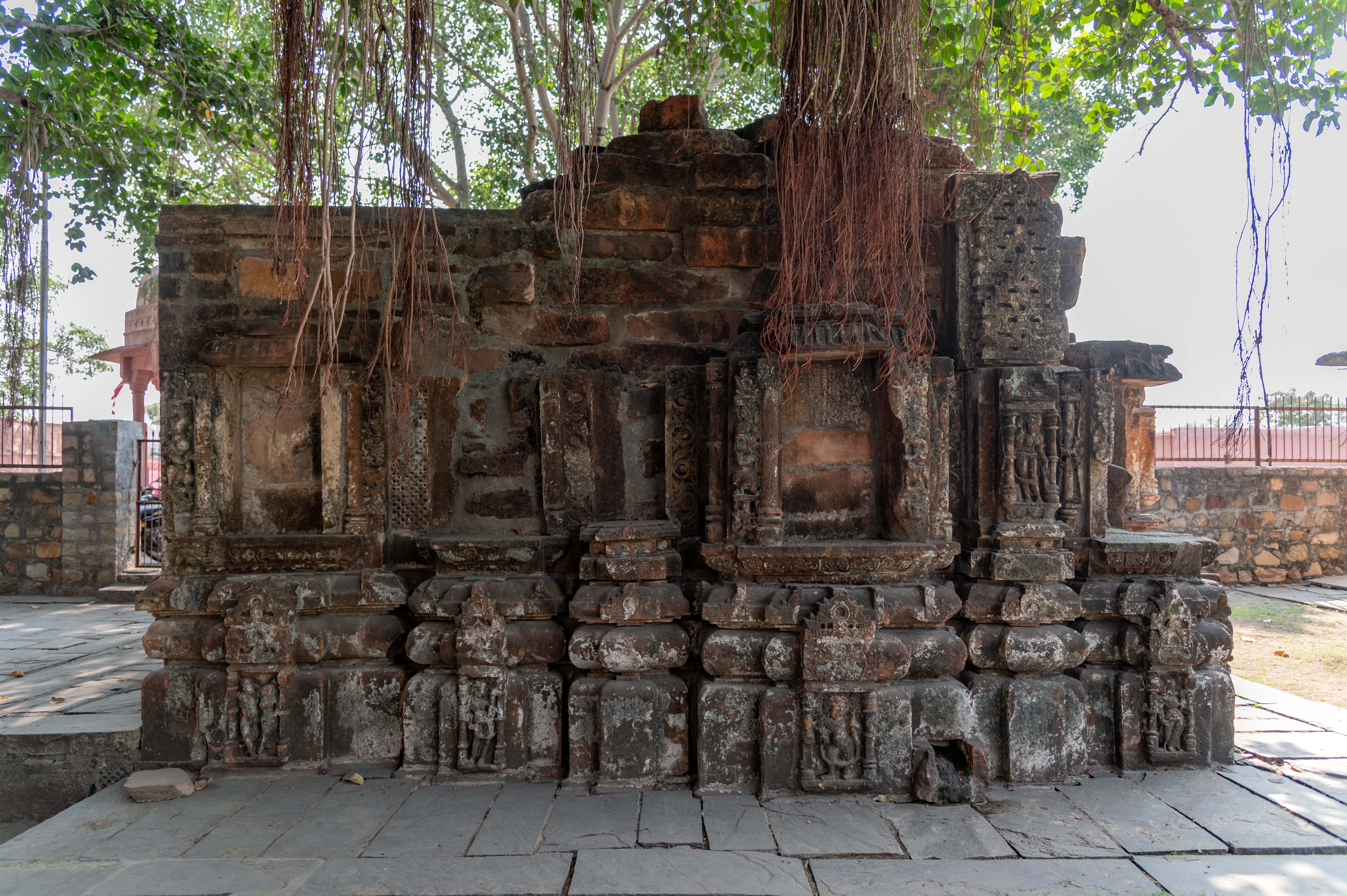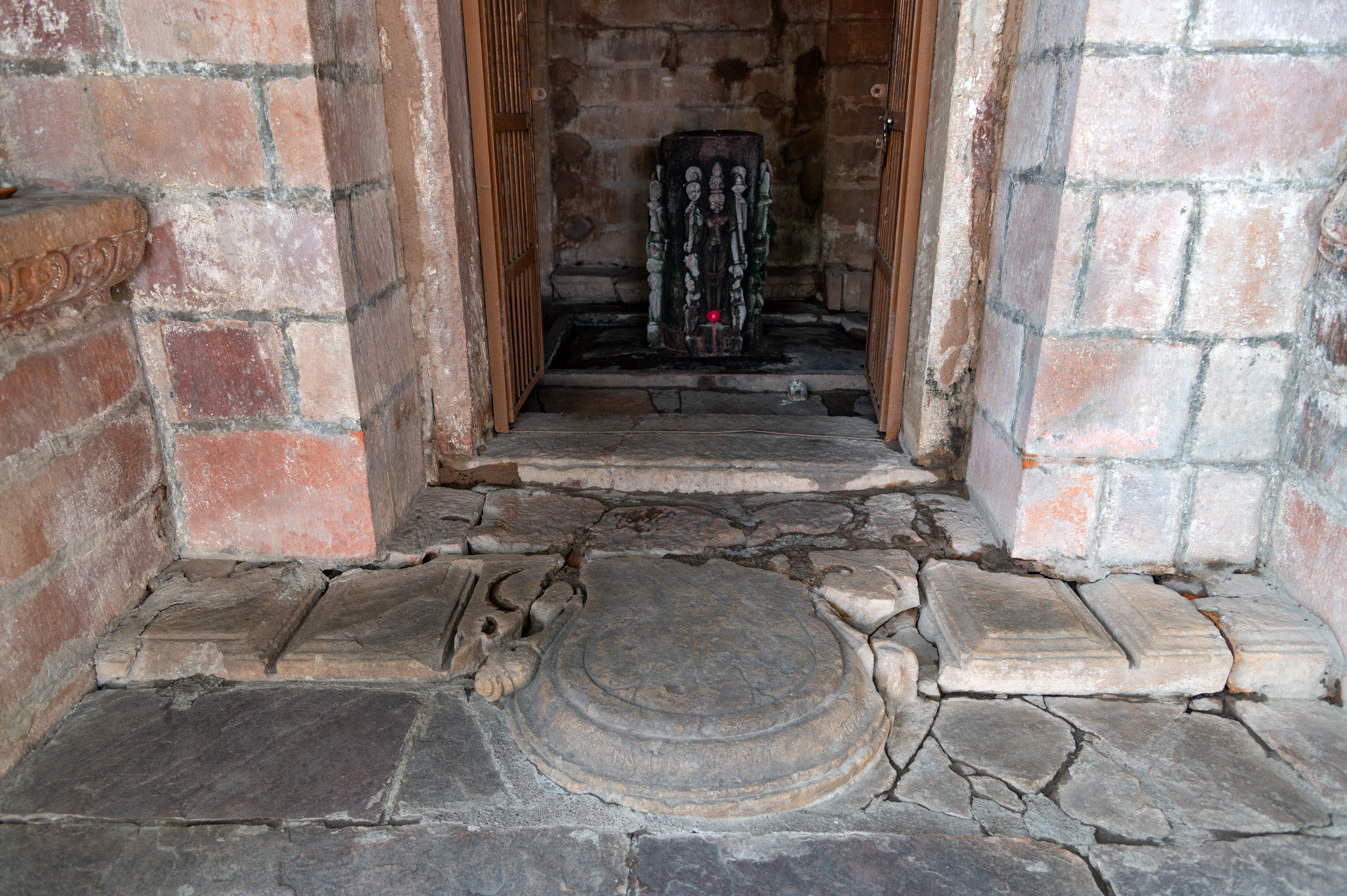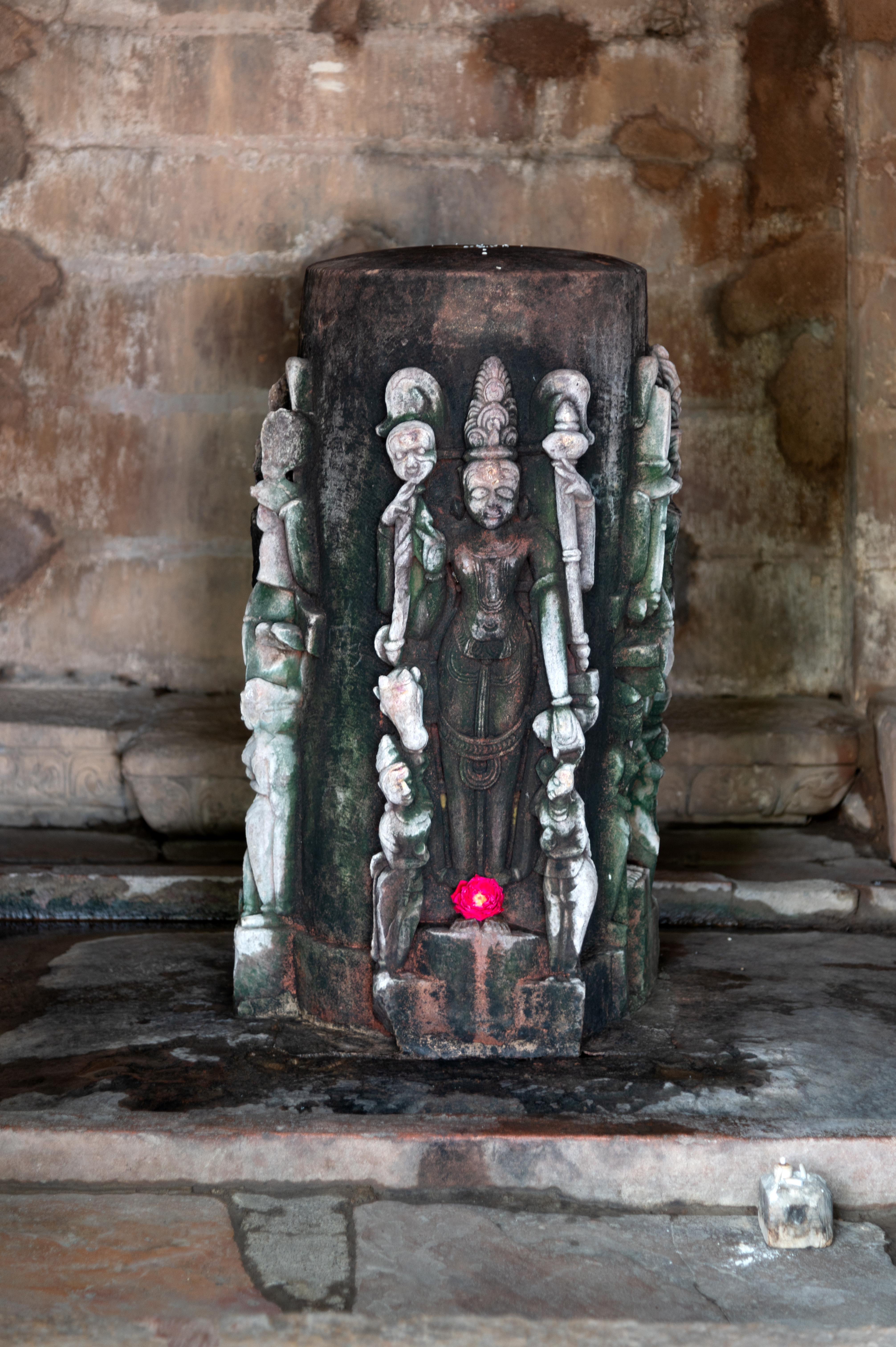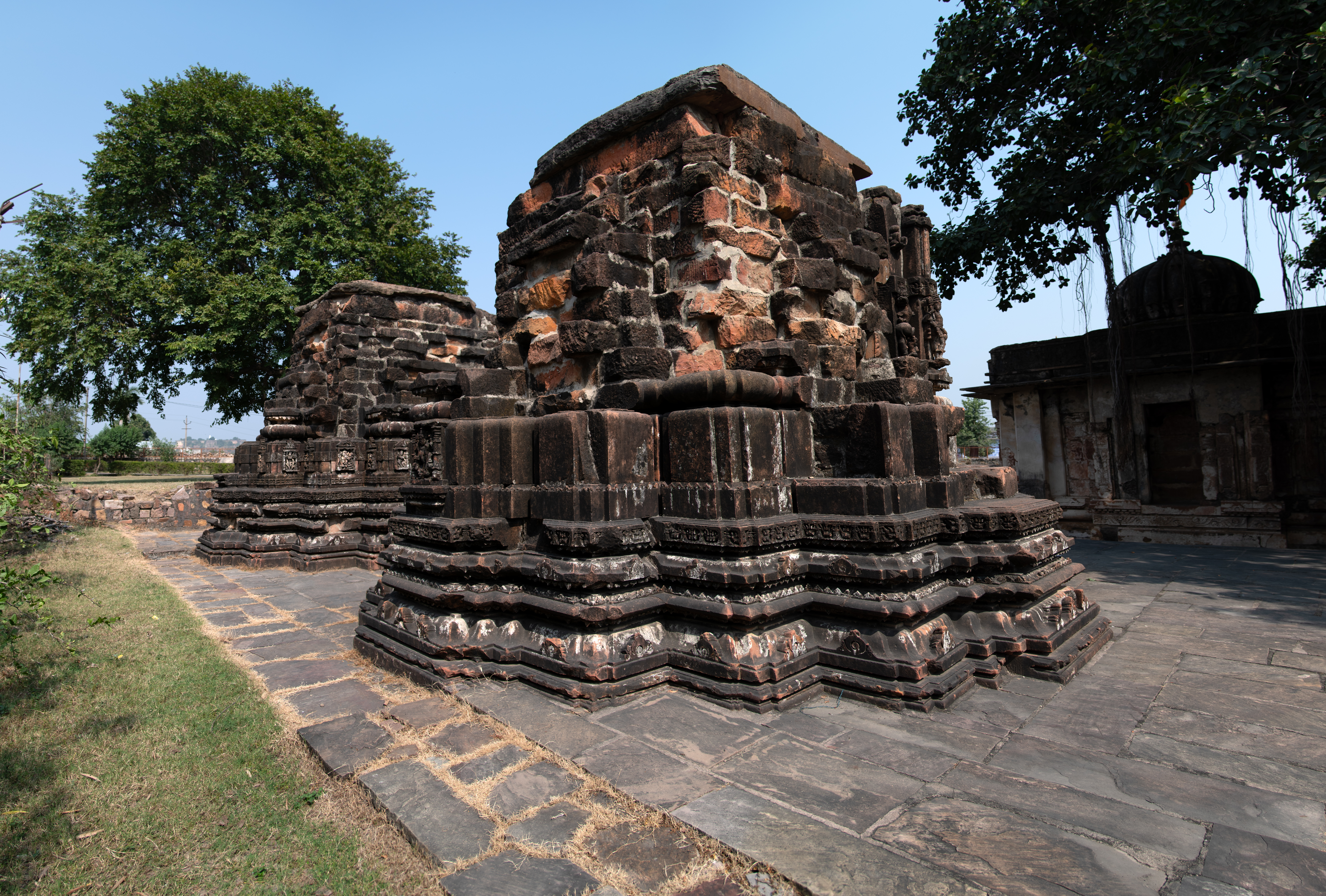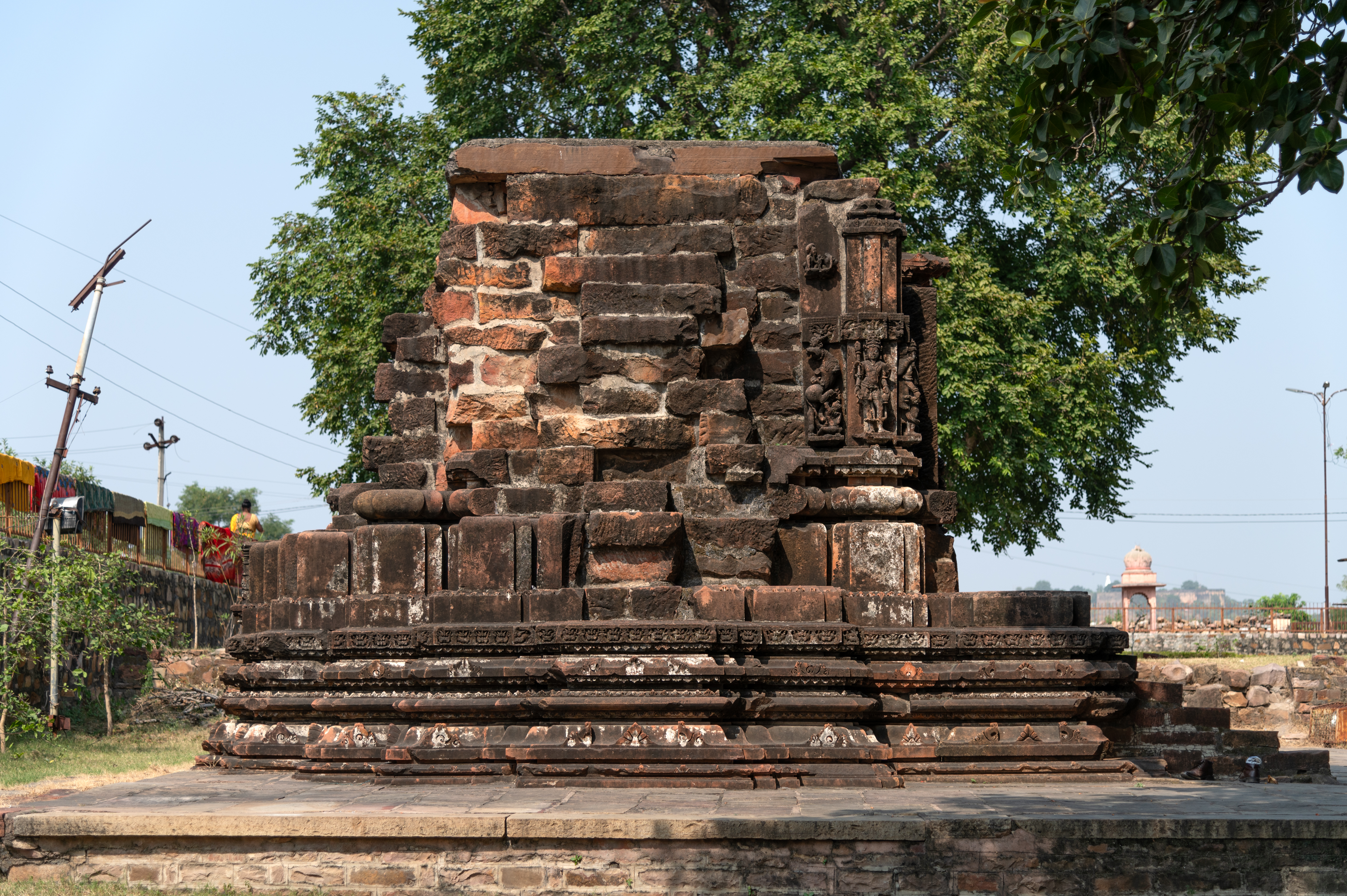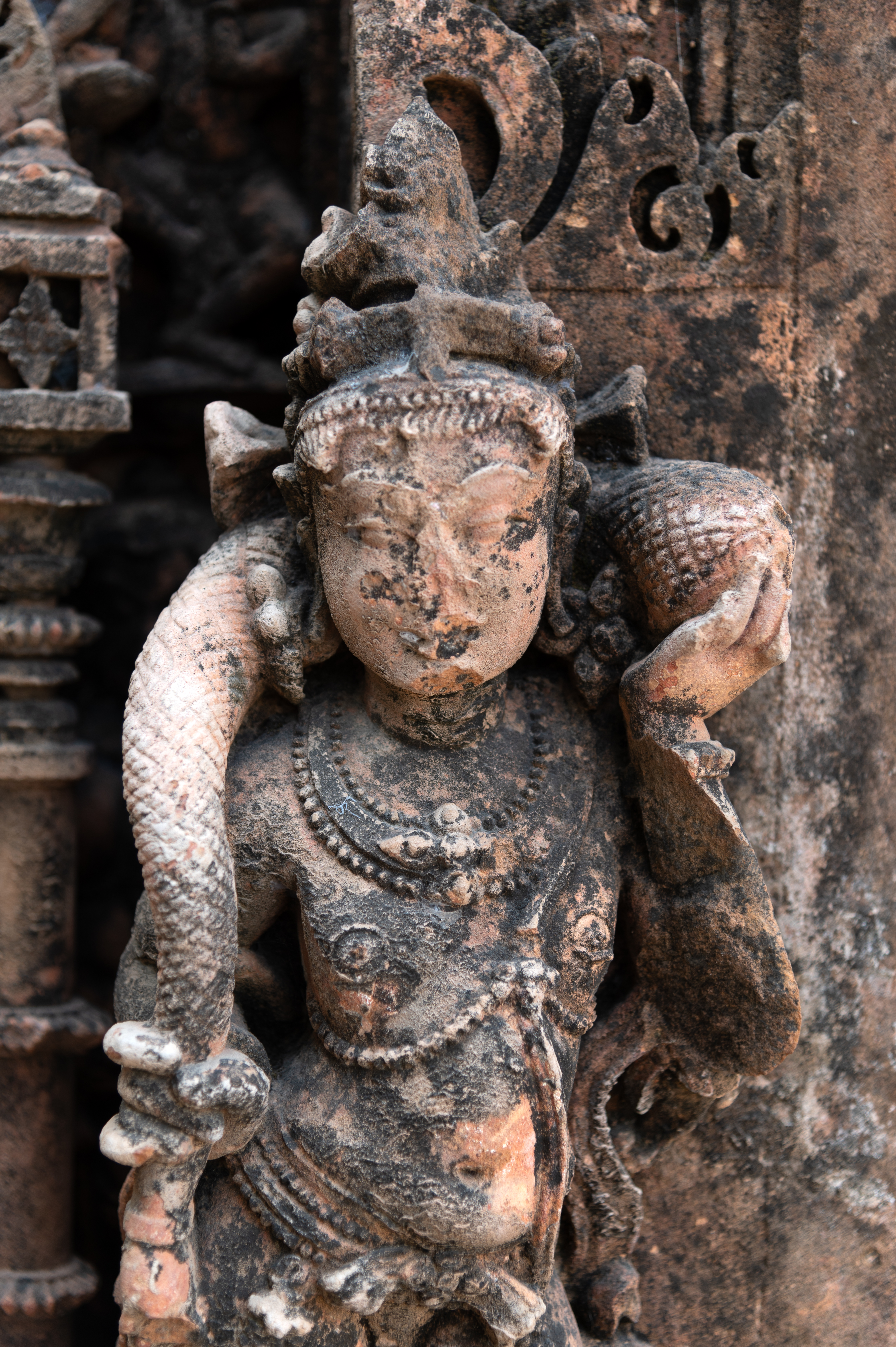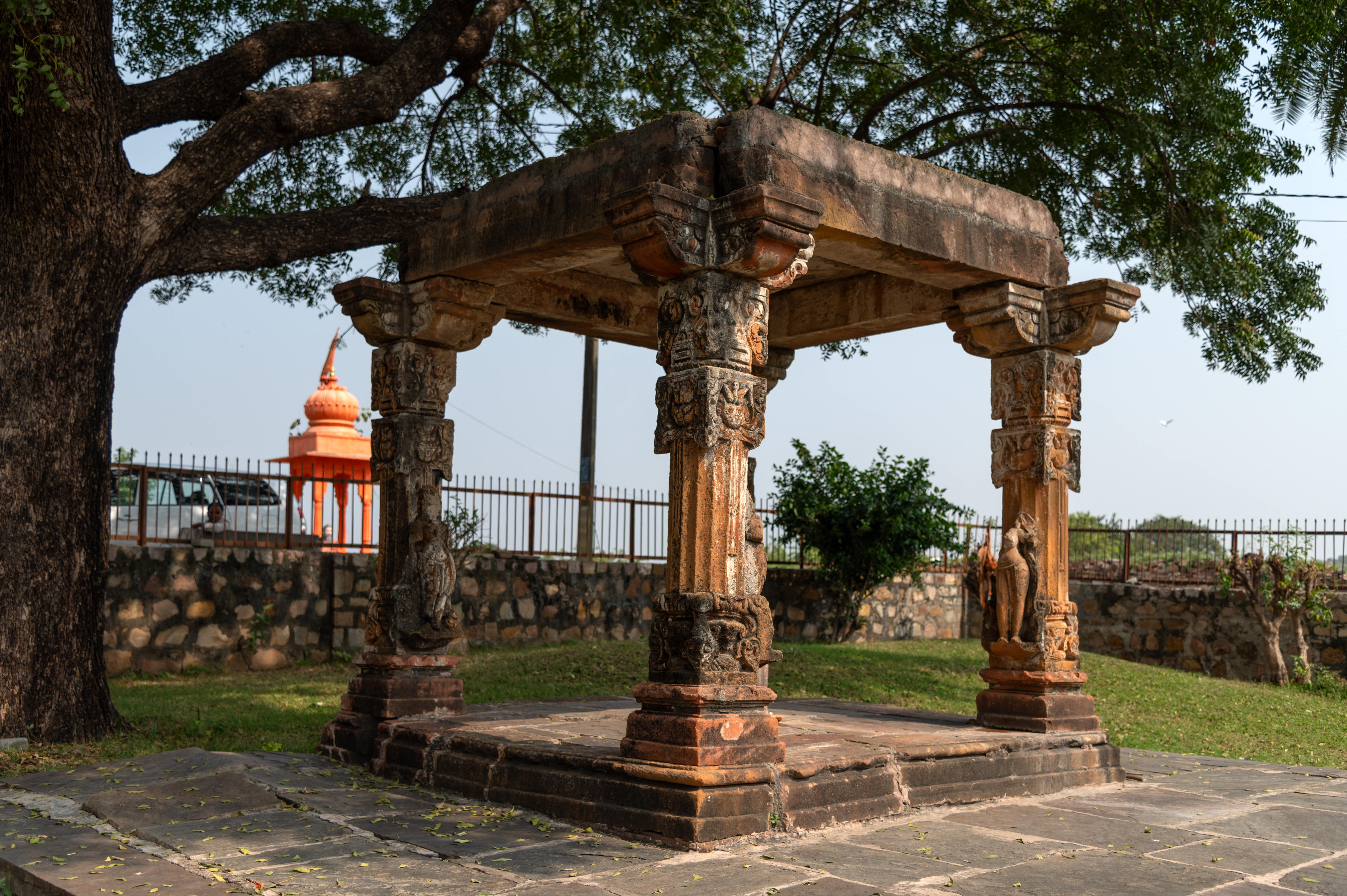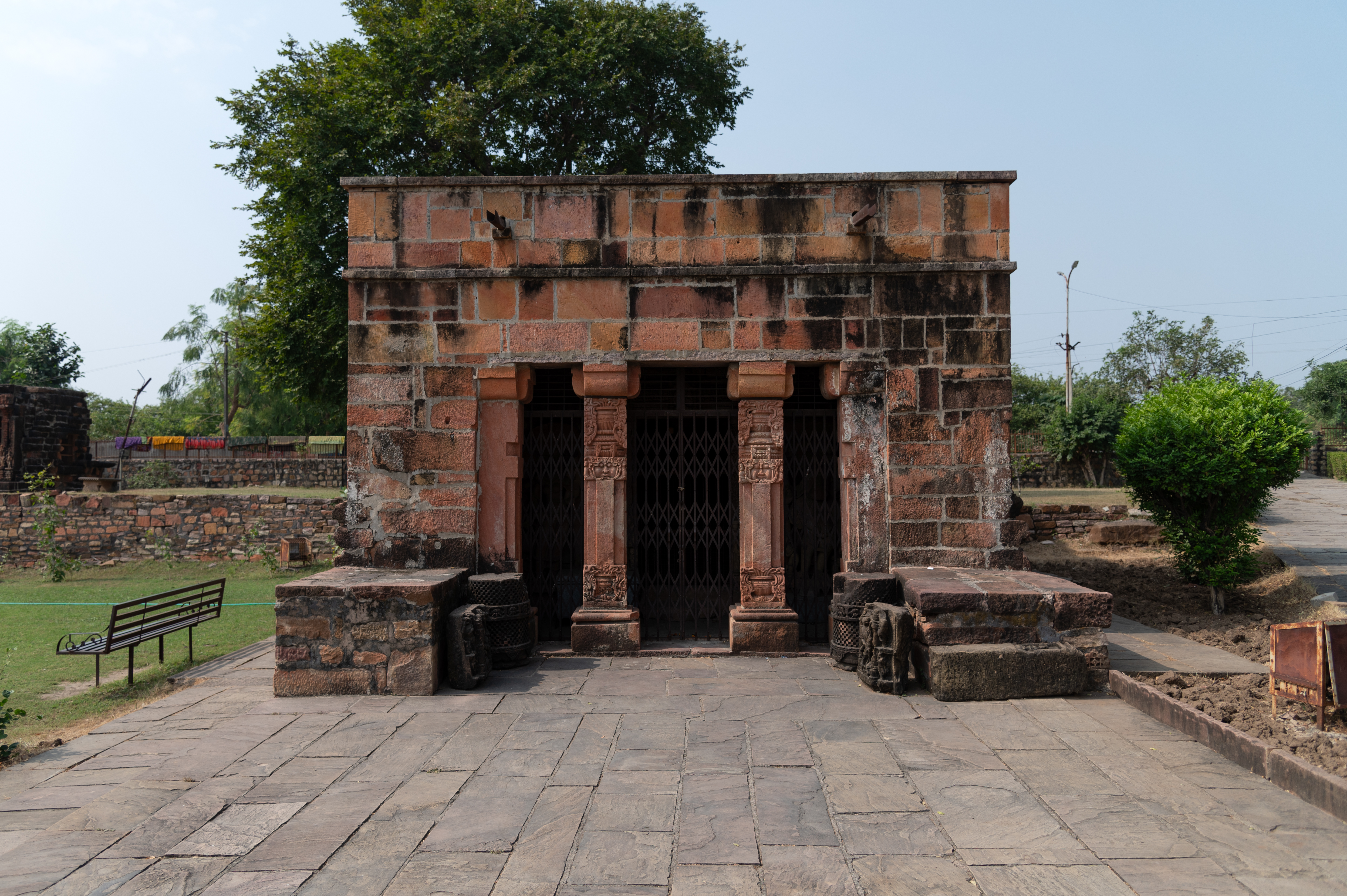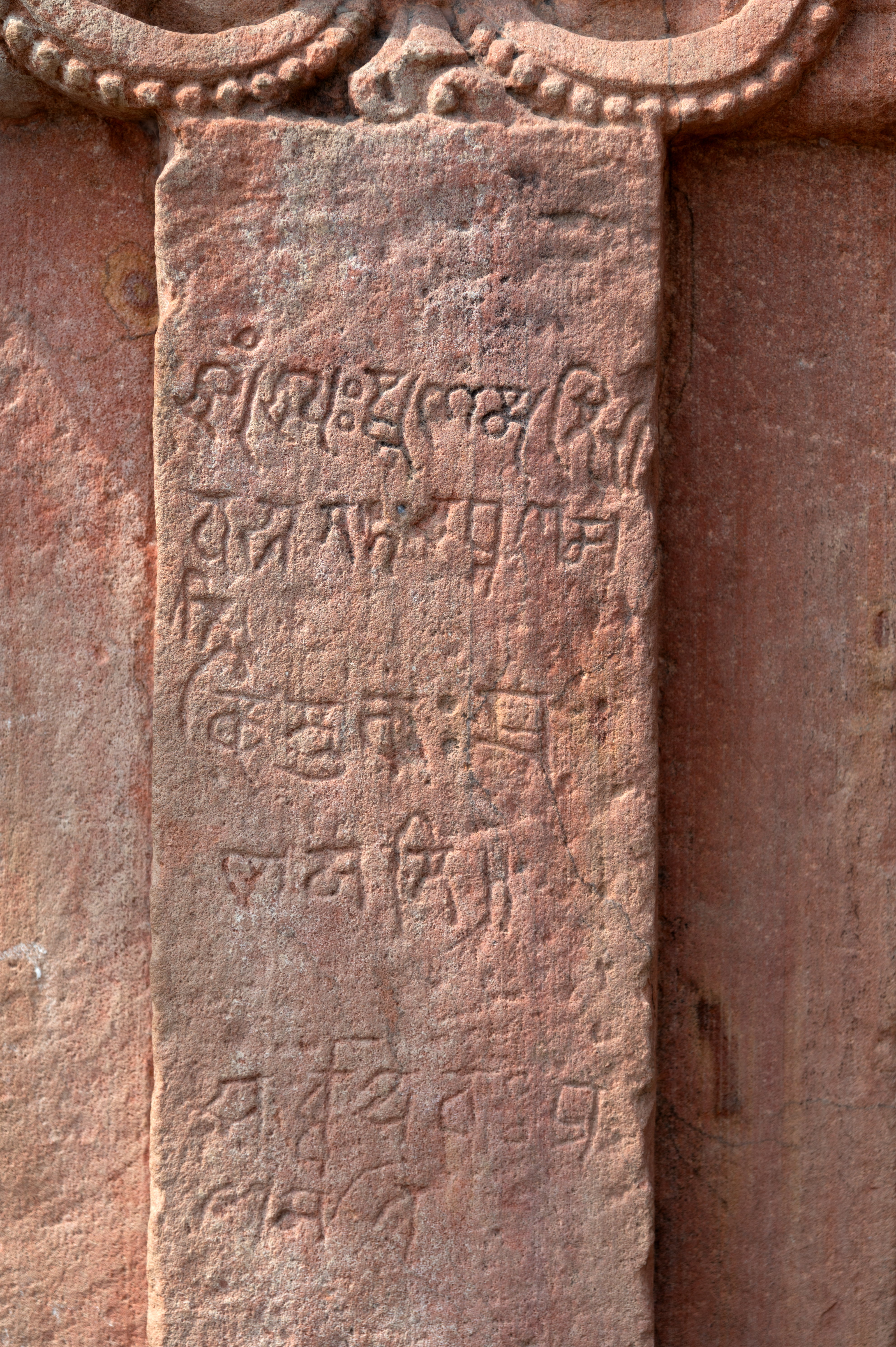The Chandravti Temples: Image Gallery
The Archaeological Survey of India (ASI) protects a group of historical temples on the banks of the Chandrabhaga River in the Jhalawar district of Rajasthan. They trace their roots back to the 7th century, when it was known as Chandravati. Five historical temples and a separate mandapa, or pillared hall, make up the Chandrabhaga Temple complex. It is in varying states of preservation. The Sitaleshwar Temple is the most prominent of the complex's structural remnants. Despite its name, the temple honors Lord Shiva and features a 26-pillared mandapa, a later addition to the existing temple structure. The complex houses two other Shiva temples, one Vishnu temple, and one goddess temple known as the Kalika Devi or Navdurga Temple. The open mandapa in the complex has a Ganesha shrine at its center. The presence of these temples exemplifies the era's diverse spiritual tapestry.
In addition to these temple structures, there are several chhatris (curved open-roof structures). These structures are a later addition to the complex and reflect how the complex has been relevant as part of the sacred landscape during the later periods. To the south of the Sitaleshwar Temple is a ghat (riverbank) flanking the Chandrabhaga River. Later-constructed remnants of ancient sculptures and architectural remains adorn a few more temples. The image gallery provides a visual narrative of the timeless heritage of the Chandravati Temples.

